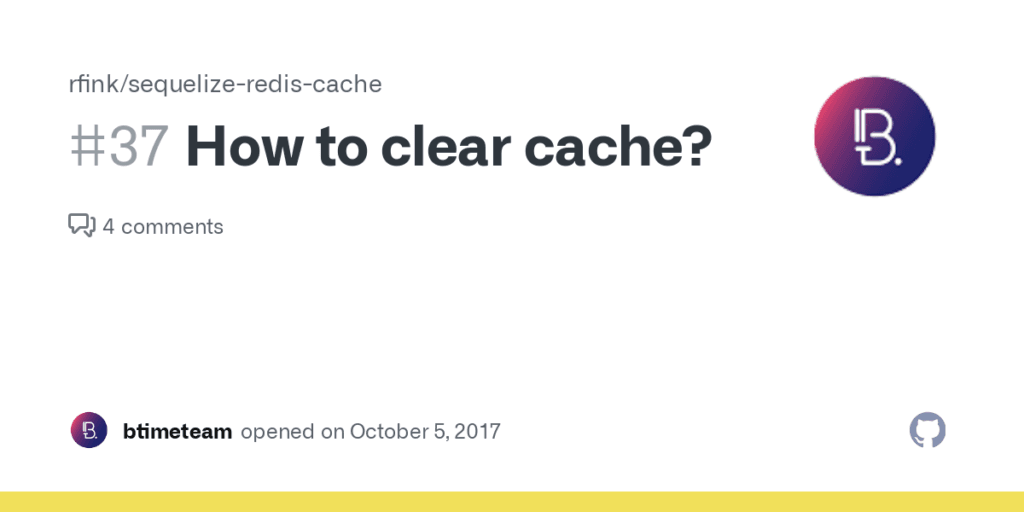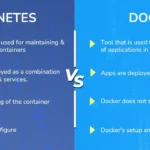Clearing your Redis cache is a simple yet essential process to ensure efficient application performance and optimize memory usage. In this guide, we’ll dive into the various methods to clear the Redis cache, explore best practices, and highlight reasons why managing your cache effectively can have a significant impact on system performance.
Redis is renowned for its in-memory caching, but when left unmanaged, cache accumulation can lead to sluggish performance. Understanding and implementing the correct methods to clear Redis cache can help maintain operational efficiency and data accuracy.
What Is Redis Cache?
Redis cache is a high-performance, in-memory data store used to manage and speed up data requests. By storing frequently used data in memory, Redis reduces latency and enhances application responsiveness. However, unused or outdated data can accumulate, which may compromise its efficiency over time.
Why Do You Need to Clear Redis Cache?
There are several reasons why you may need to clear the Redis cache:
- Performance Issues: Accumulated cached data can degrade memory performance.
- Data Expiry: Expired or outdated cache entries can lead to errors in applications.
- Debugging Purposes: Ensuring fresh data during development or troubleshooting.
- Memory Optimization: Freeing up memory for critical processes.
By clearing unused cache, you ensure Redis functions optimally and provides accurate results.
Prerequisites Before Clearing Redis Cache
Before clearing the Redis cache, ensure the following:
- You have admin privileges to execute commands.
- A Redis instance is properly installed and configured.
- Data in the cache is no longer needed or is backed up, as clearing is irreversible.
With these prerequisites, you can avoid unintentional data loss or service disruption.
How to Clear Redis Cache Using Different Methods
Using the FLUSHALL Command
The FLUSHALL command clears the entire Redis cache across all databases. Use it with caution, as this removes all cached data without discrimination.
Command:
Steps:
- Connect to your Redis server using a command-line interface.
- Execute the
FLUSHALLcommand. - Verify that all caches are cleared using the Redis INFO command.
Example Scenario: If your Redis server stores temporary session data for applications and you need a fresh slate across all databases, FLUSHALL is the fastest solution.
Using the FLUSHDB Command
If you prefer to clear the cache for a specific database, the FLUSHDB command is ideal.
Command:
Steps:
- Select the desired Redis database using the
SELECTcommand. - Run
FLUSHDBto clear only the data in the current database.
Key Benefit: It prevents other databases in Redis from being affected.
Clearing Keys Matching a Pattern
To clear specific data, use the DEL command along with patterns.
Command:
Alternatively, use pattern-based commands to target multiple keys:
Example:
This is followed by deleting the matching keys.
Useful for: deleting session-based data or specific groups of cache.
Using Redis Configurations for Cache Management
Configure an appropriate time-to-live (TTL) for your cached data. Redis automatically purges expired entries if TTL settings are used effectively.
Command:
By setting a TTL value, you ensure the automated clearing of unused cache items.
Step-by-Step Instructions for Clearing Redis Cache Safely
Here’s how you can perform these actions safely without data loss:
- Understand Key Naming Conventions: Keep your keys organized with a naming convention, like
user:cache:*. - Create Backups: Use the
SAVEcommand to create a snapshot of the database before clearing. - Utilize Test Environments: Perform cache-clearing in a test environment first.
Checklist for Safe Cache Clearing
- Review your Redis instance setup.
- Confirm that the data being cleared isn’t critical.
- Backup necessary cache data.
How to Automate Cache Clearing in Redis
Automating With TTL:
Configuring a default TTL for keys simplifies the management of data expiration.
Example:
Implementing Scripts for Periodic Cleaning
A scheduled script can be run to clear unnecessary caches in production environments using the crontab tool or Redis events.
Troubleshooting Redis Cache Clearing Issues
When clearing Redis cache, some issues may arise:
- Slow cache clearing: Large databases take more time. Use efficient patterns and chunk-wise commands.
- Data Persistence Issues: Accidentally cleared data won’t persist. Double-check critical keys before deletion.
Using a robust backup system minimizes risks.
Also Read: Kubernetes vs Docker: A Comprehensive Comparison
Best Practices for Managing Redis Cache
Adopting these practices ensures smooth operation:
- Monitor Cache Memory Usage: Use
INFO MEMORYfor insights. - Optimize TTL Settings: For long-term efficient caching.
- Set Logical Key Patterns: Prevent accidental data wipes with better key organization.
Advantages of Clearing Redis Cache
- Improved Performance: Free up memory and optimize app speed.
- Data Accuracy: Ensure users interact with the latest data.
- Cost-Efficiency: Reduce unnecessary server loads.
Conclusion
Redis cache plays a critical role in enhancing application speed and data access. Learning how to clear Redis cache efficiently, whether through FLUSHALL, FLUSHDB, or pattern-based methods, ensures optimized performance. Always implement best practices such as automated TTL and scheduled clearing for hassle-free operation.
Maintaining an organized approach while managing Redis cache not only boosts application performance but also improves overall reliability.
FAQs
What happens when you clear the Redis cache?
Clearing Redis cache removes temporary stored data, freeing memory space and ensuring fresh data usage.
Can Redis clear cache automatically?
Yes, if TTL is configured, Redis purges expired data automatically.
What is the difference between FLUSHALL and FLUSHDB?
FLUSHALL clears all databases, while FLUSHDB only affects a single selected database.
How often should you clear the Redis cache?
It depends on the application. Periodic clearing or automated TTL settings is a good approach.
Does clearing Redis cache affect active applications?
Yes, clearing critical cache data can disrupt active sessions. Perform clearing cautiously.
How do I back up data before clearing Redis cache?
Use the SAVE or BGSAVE commands to create a snapshot of current data.



